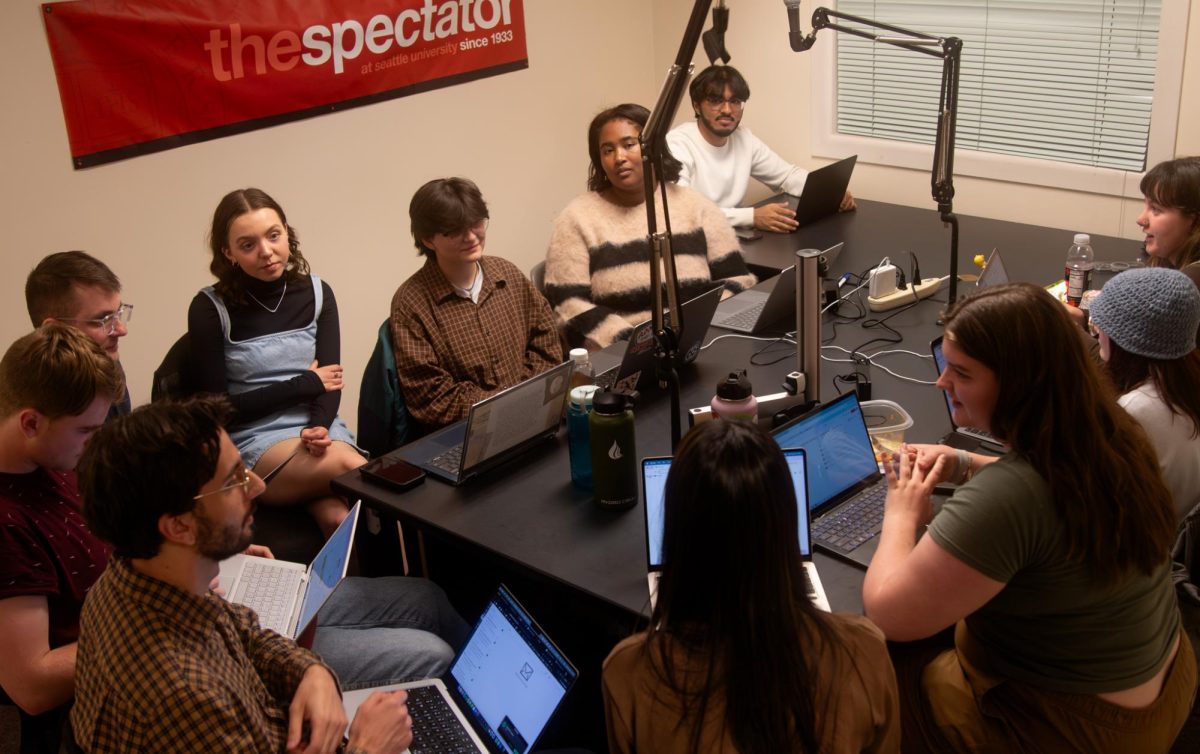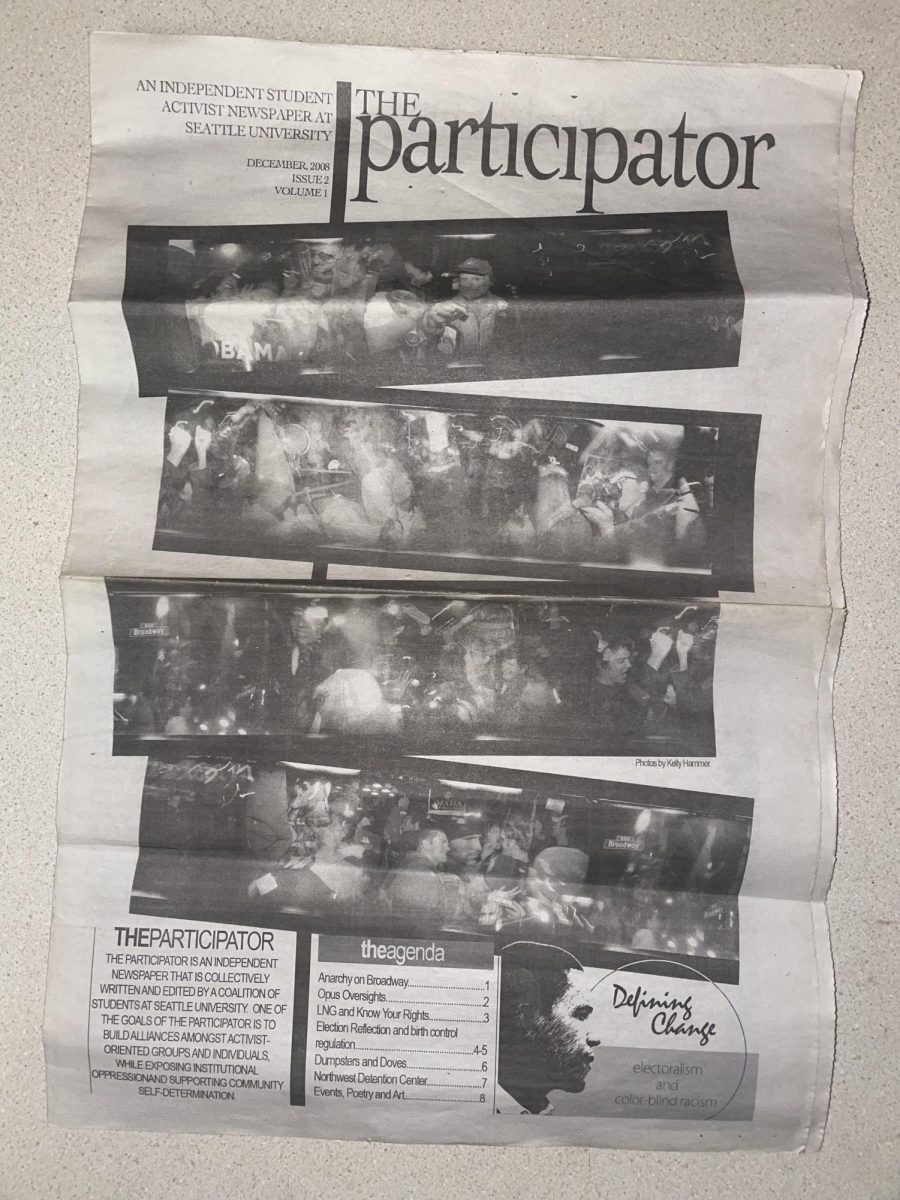The cost of childcare in America has risen dramatically in the last 20 years, putting pressure on parents to make difficult choices regarding the development of their children and their own futures.
According to a recent study by Child Care Aware of America (CCAA), a nonprofit resource for parents and childcare providers, the cost of childcare in America has risen by 3 percent in the last year. This has forced parents in some states to pay more for childcare than for rent, food or even a college education.
The cost of childcare ranges widely across state lines. According to Deseret News, the lowest full-time childcare prices are in Mississippi, where the cost is around $4,863, and the highest are in Manhattan, where they exceed $16,000 annually. In Washington state, the annual cost of infant childcare was $12,108, which according to CCAA makes it the ninth least-affordable state in the nation.
The cost of full-time childcare currently exceeds the average annual cost of the college education in most states. According to Deseret News, “in 31 states and the District of Columbia, the average annual cost for an infant in center-based care was higher than a year’s tuition and fees at a four-year public college.”
While not all parents necessarily need to send their children to full-time childcare facilities, there are a growing number of families that do. According to Bryce Cover at ThinkProgress, “nearly 11 million children under the age of five spend time in child care each week. That’s thanks to the fact that nearly half of today’s families have two working parents and a quarter are headed by single parents, necessitating that children have somewhere to go when their parents have to go to work.”
Among this number are student parents.
Seattle University has a program for “students who are parents”, known as SWAP. The organization offers support for student parents so they can earn their degrees. However, even within the organization there are challenges to be faced. For instance, when trying to navigate SWAP’s webpage in the Seattle U website to find childcare resources, the user ends up at a “404-Page Not Found” web address.
While the cost of licensed childcare is high, the cost of unlicensed childcare is relatively low. However, the trade-off faced by parents in selecting an unlicensed service at a lower cost is a big one.
According to NACCRRA.org, “parents overwhelmingly think that caregivers are trained in child development and safety and undergo a background check, and that childcare programs are inspected. This is simply not true in too many states.” Thus, parents who are inclined to put their children into inexpensive care may be inadvertently putting their children in harm’s way.
In order to combat this burgeoning issue, many ideas regarding national improvement in this area of concern are being presented. Most of these ideas involve governmental aid, whether at the federal or state level. According to PolicyAlmanac.org, “if children are placed in child care settings that are unsafe or unsanitary, they can be in grave danger of harm. Care that endangers children’s health and safety imposes costs on the children, their parents and society at large.”
Most childcare advocacy organizations promote a national discussion on the issue of childcare as a major means of combating the rising cost of childcare. More recently there has been a push for the reauthorization of Child Care and Development Block Grant (CCBDG). This grant ensures all children in low-income working families have access to affordable, quality health care, though government gridlock could present an obstacle.
The cost of childcare in America has risen dramatically in the last 20 years, putting pressure on parents to make difficult choices regarding the development of their children and their own futures.
According to a recent study by Child Care Aware of America (CCAA), a nonprofit resource for parents and childcare providers, the cost of childcare in America has risen by 3 percent in the last year. This has forced parents in some states to pay more for childcare than for rent, food or even a college education.
The cost of childcare ranges widely across state lines. According to Deseret News, the lowest full-time childcare prices are in Mississippi, where the cost is around $4,863, and the highest are in Manhattan, where they exceed $16,000 annually. In Washington state, the annual cost of infant childcare was $12,108, which according to CCAA makes it the ninth least-affordable state in the nation.
The cost of full-time childcare currently exceeds the average annual cost of the college education in most states. According to Deseret News, “in 31 states and the District of Columbia, the average annual cost for an infant in center-based care was higher than a year’s tuition and fees at a four-year public college.”
While not all parents necessarily need to send their children to full-time childcare facilities, there are a growing number of families that do. According to Bryce Cover at ThinkProgress, “nearly 11 million children under the age of five spend time in child care each week. That’s thanks to the fact that nearly half of today’s families have two working parents and a quarter are headed by single parents, necessitating that children have somewhere to go when their parents have to go to work.”
Among this number are student parents.
Seattle University has a program for “students who are parents”, known as SWAP. The organization offers support for student parents so they can earn their degrees. However, even within the organization there are challenges to be faced. For instance, when trying to navigate SWAP’s webpage in the Seattle U website to find childcare resources, the user ends up at a “404-Page Not Found” web address.
While the cost of licensed childcare is high, the cost of unlicensed childcare is relatively low. However, the trade-off faced by parents in selecting an unlicensed service at a lower cost is a big one.
According to NACCRRA.org, “parents overwhelmingly think that caregivers are trained in child development and safety and undergo a background check, and that childcare programs are inspected. This is simply not true in too many states.” Thus, parents who are inclined to put their children into inexpensive care may be inadvertently putting their children in harm’s way.
In order to combat this burgeoning issue, many ideas regarding national improvement in this area of concern are being presented. Most of these ideas involve governmental aid, whether at the federal or state level. According to PolicyAlmanac.org, “if children are placed in child care settings that are unsafe or unsanitary, they can be in grave danger of harm. Care that endangers children’s health and safety imposes costs on the children, their parents and society at large.”
Most childcare advocacy organizations promote a national discussion on the issue of childcare as a major means of combating the rising cost of childcare. More recently there has been a push for the reauthorization of Child Care and Development Block Grant (CCBDG). This grant ensures all children in low-income working families have access to affordable, quality health care, though government gridlock could present an obstacle.
The Five Least Affordable States for Childcare:
1. Oregon
MEDIAN INCOME FOR MARRIED COUPLE: $72,226.00
PERCENTAGE OF MEDIAN INCOME FOR CHILDCARE: 18.60%
2. NEW YORK
MEDIAN INCOME FOR MARRIED COUPLE: $90,725.00
PERCENTAGE OF MEDIAN INCOME FOR CHILDCARE: 16.50%
3. MINNESOTA
MEDIAN INCOME FOR MARRIED COUPLE: $89,608.00
PERCENTAGE OF MEDIAN INCOME FOR CHILDCARE: 15.50%
4. MASSACHUSETTS
MEDIAN INCOME FOR MARRIED COUPLE: $109,090.00
PERCENTAGE OF MEDIAN INCOME FOR CHILDCARE:15.10%
5. COLORADO
MEDIAN INCOME FOR MARRIED COUPLE: $85,137.00
PERCENTAGE OF MEDIAN INCOME FOR CHILDCARE: 15.00%











